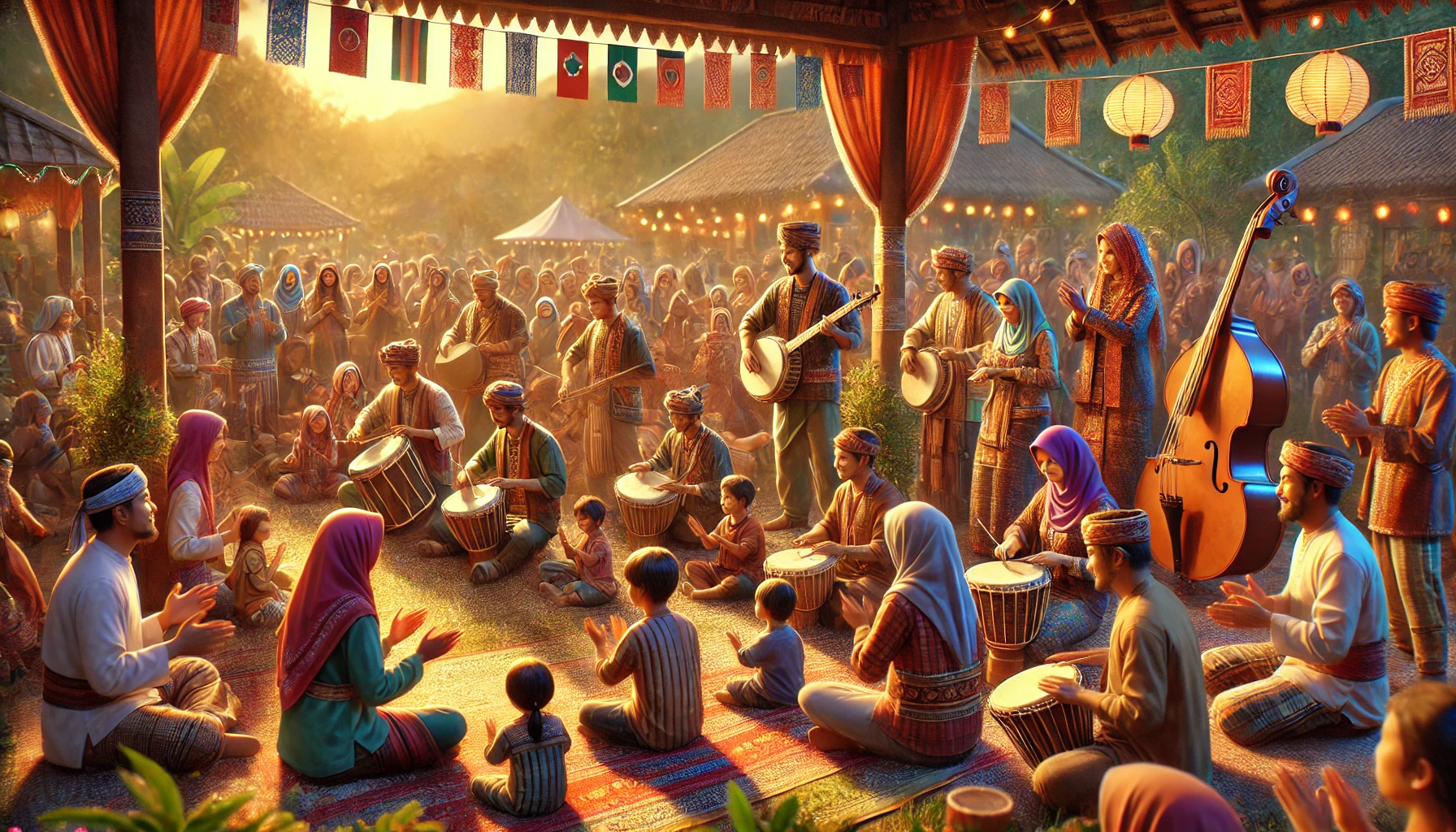Roots and Rhythms: Preserving Cultural Identity Through Music


Roots and Rhythms: Preserving Cultural Identity Through Music
El Valle Grita – Music has always been more than just entertainment; it is a reflection of who we are. Across generations, communities have used music to tell stories, celebrate milestones, and express emotions that words alone cannot capture. This deep connection between cultural identity through music serves as a bridge to the past while anchoring traditions in the present.
As globalization expands, preserving unique musical traditions becomes essential for maintaining cultural heritage. Through melodies and rhythms passed down over time, societies safeguard their identity, ensuring future generations remain connected to their roots. In many ways, cultural identity through music stands as a testament to resilience and pride.
Music as a Cultural Archive
Every culture carries its distinct soundscape, shaped by history, geography, and shared experiences. Folk songs, indigenous chants, and ceremonial melodies act as living archives, preserving languages and customs that might otherwise fade. By performing and sharing these pieces, communities reinforce their cultural narratives, keeping stories alive even as times change.
The preservation of cultural identity through music ensures that traditions are not forgotten but celebrated. It allows younger generations to embrace their heritage while fostering appreciation among those outside the culture.
READ MORE : Customizing Your Android Experience: Best Launchers and Widgets
Building Community Through Shared Sounds
Music creates a sense of belonging, fostering unity within communities. Festivals, cultural events, and local gatherings often revolve around traditional music, strengthening communal bonds. The shared experience of singing, dancing, or playing instruments reinforces collective identity and encourages collaboration.
This expression of cultural identity through music not only strengthens the ties between individuals but also promotes mutual understanding across diverse communities. By recognizing and valuing each other’s musical traditions, societies build empathy and deeper connections.
Passing Traditions to the Next Generation
Teaching traditional music to younger generations is crucial for preserving cultural heritage. Schools, community centers, and family gatherings become spaces where children learn songs and instruments unique to their culture. These efforts foster pride and encourage participation in cultural practices.
Through this process, cultural identity through music evolves without losing its essence. It adapts to contemporary influences while staying rooted in tradition, ensuring that musical heritage continues to thrive.
The Role of Technology in Preservation
In the digital age, technology offers powerful tools for preserving and sharing cultural music. Online platforms allow musicians to archive recordings, stream performances, and reach global audiences. This visibility not only safeguards traditions but also invites collaboration and fusion with other genres.
By leveraging technology, cultural identity through music finds new life, allowing ancient rhythms to coexist with modern sounds. This dynamic approach ensures cultural preservation remains relevant and accessible in today’s interconnected world.
Music is more than sound it is the heartbeat of cultural identity. Through cultural identity through music, communities honor their past, celebrate their present, and inspire the future. By preserving traditional melodies and rhythms, societies safeguard their unique heritage, passing it forward to the next generation.
As long as there is music, there will be stories to tell and identities to celebrate. In this way, roots and rhythms continue to shape the rich, diverse tapestry of cultures around the world.
Recent Posts
- Ed Sheeran Appears Disguised Emo Style on the New York City Subway with Jimmy Fallon
- Green Day at Coachella 2025: Sing Support for Palestine ‘Runnin Away from Pain’
- BLACKPINK Jennie at Coachella 2025: Trending with JENCHELLA Burgundy Cowgirl Costume
- G-Dragon Collaborates Kaist Space Institute: Home Sweet Home Song Sent to Space
- Profile of Niki Zefanya, Indonesian Singer who is Successful on The Global Music Industry